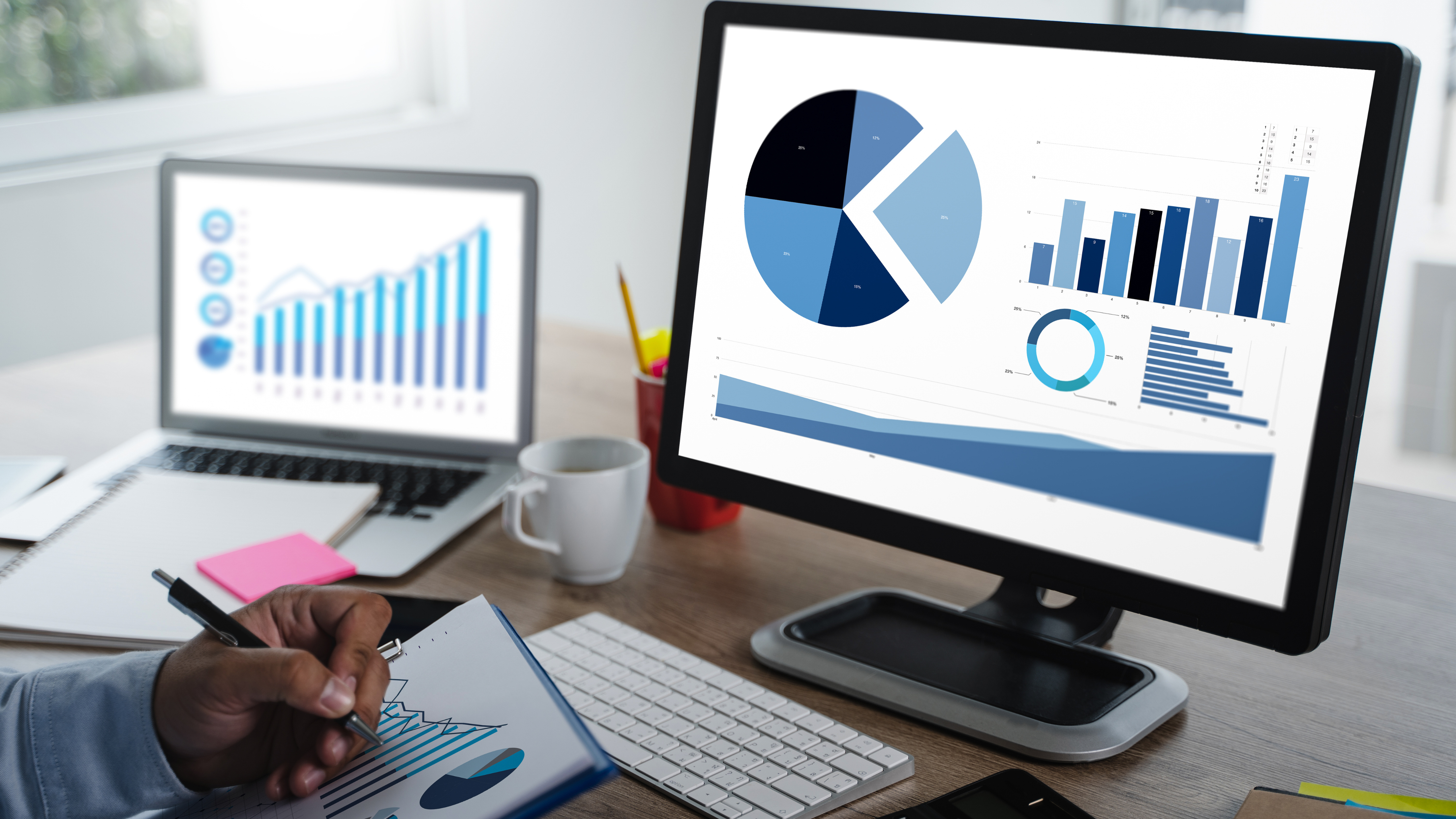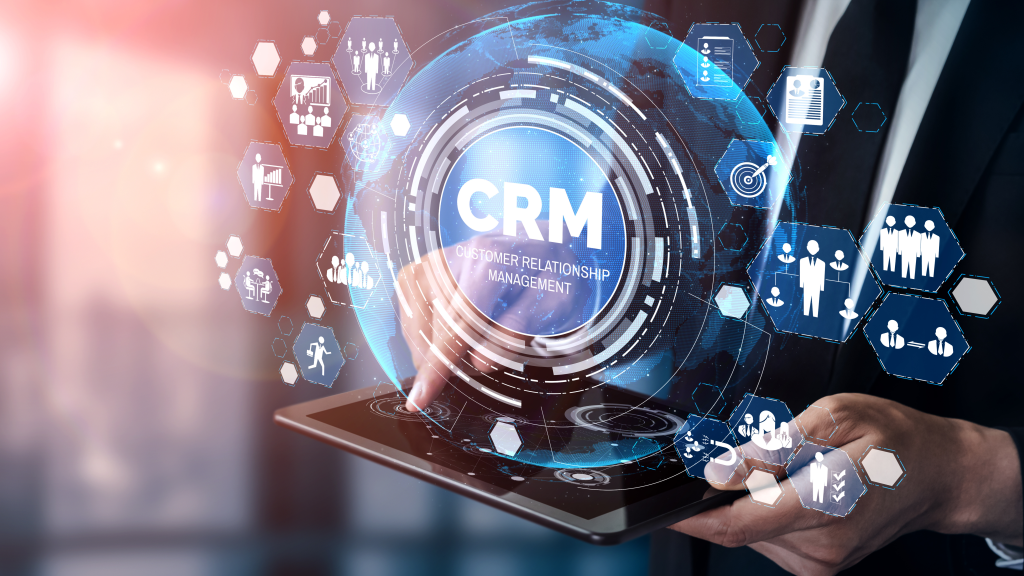Data visualization is essential for making sense of large and complex data sets. It is a powerful way to communicate information and insights, and businesses can use data visualization tools to support decision-making, identify patterns, and uncover hidden trends.
With the increasing amount of data being generated, it’s vital to have a good data visualization tool to help you understand the data and make better decisions.
This article explores the top data visualization tools available and how to pick the right tool for your business. We will cover the features and functionalities of each tool, their pros and cons, and their use cases.
Whether you’re a data analyst, business professional, or marketer, understanding the best data visualization tools and how to use them will help you make sense of your data and communicate it effectively.
What is data visualization?
Data visualization is a technique used to represent data in a graphical way that makes it easy to understand, digest, and make important decisions. According to Forbes, data visualization tools allow analysts to turn data into visuals such as scatter plots, line charts, tree and heat maps, geographical maps, bar charts, and many more. These graphical representations make it easy to identify patterns, trends, and insights in the data, which can be used to support decision-making and improve business performance.
It is a key part of the field of business intelligence and data analytics, but it is also very important in advanced analytics applications such as machine and deep learning. Understanding the basics of data visualization and using the right tools can help data or business analysts make better sense of data and communicate it effectively.
What are the advantages and key benefits of data visualization?
Data visualization is a way to present data in a graphical format that non-technical stakeholders can easily understand. The key benefits of data visualization include the following:
- Unlocking key values from large amounts of data, making it easy to understand and identify patterns.
- Helping to identify previously hidden patterns, which can lead to new insights and inform business decisions.
- Improving the recognition of relationships between data by both business analysts and stakeholders.
- Focusing attention on areas that are important to business objectives.
- Enabling data professionals to communicate complex information in an easy-to-understand way.
- Highlighting useful information and eliminating noise to make data more meaningful.
- Allowing for effective communication with non-technical stakeholders.

What are data visualization tools?
A data visualization tool is software that is used to represent different types of data visually. While the technical capabilities vary from tool to tool, foundationally, all visualization tools allow users to input a dataset and present visual representations of them.
How do you choose the right data visualization tool for your business?
When it comes to data visualization, having the right tool can make all the difference. A best-in-class visualization tool should have the following characteristics:
- Easy to use and user-friendly: The tool should be easy to navigate and understand, even for those who are not data experts.
- Comprehensive tutorials and documentation: The tool should include various tutorials to help users understand how to get the most out of it.
- Strong customer support: The tool should have a dedicated customer support team available to assist with any issues that may arise.
- Handles large amounts of data with relative ease: The tool should be able to handle large datasets and present them in a way that is easy to understand.
- A large variety of visuals: The tool should offer a wide range of visual options such as charts, plots, maps, etc.
What are the top data visualization tools of 2023?
Tableau, Zoho Analytics, Microsoft Power BI, Qlik Sense, and Google Data Studio are well-known visualization tools. Each of these tools offers a unique set of features and capabilities and can be used to represent data visually. The best tool for you will depend on your specific needs and requirements.
Below we dive into these five different data visualization tools further.
Tableau
Tableau is a data visualization and analytics platform that allows users to explore data and share findings. Users can create visuals by simply dragging and dropping, but Tableau also has AI-driving statistical models that can be leveraged with no coding required. Tableau also has built-in NLP capabilities that enable users to ask questions and get insights via text.
Pros:
- Beautiful and intuitive dashboards that improve data storytelling
- Drag/drop capabilities
- Ease of implementation for many different types of visuals, charts, etc.
- It can handle large amounts of data and be connected directly to databases
- Python & R can be implemented
- Can integrate with Slack and other systems
- Users can leverage Tableau Public to explore, create and share their own created dashboards online for free.
Cons:
- Price: You get a 2-week trial for a free version but after that, a monthly subscription is required.
- Limited data preprocessing: Tableau is, first and foremost, a data visualization tool. You can do basic data processing, but anything more complex will significantly impact performance.
Zoho Analytics
Zoho Analytics is a data visualization tool that enables importing data from various sources for in-depth analysis. It also has a drag-and-drop interface and multiple visualization options. It allows for collaboration in creating reports by users and their coworkers. Views can be restricted and controlled depending on the sensitivity of the information.
Pros:
- High-quality data visualizations
- Comprehensive options of different visualizations, charts, trends, etc
- User-friendly intelligent assistant Zia helps organizations get a 360 view of their company’s data by simplifying data collection.
- Supports collaboration between coworkers
- Data controls can be set
Cons:
- Poor customer support
- Poor documentation and assistance
- Difficult to integrate with white-label use cases
- Pricing is on a per-user basis rather than per group, which becomes very expensive to scale to a large organization
Microsoft Power BI
Microsoft Power BI is a business intelligence platform that allows users to collaborate with data to track organizational goals. Provides real-time analytics and trend analysis to help guide decisions. Microsoft BI also integrates with many Microsoft products making it a very versatile tool for businesses.
Pros:
- Cost: There is a free version for individual users — you can create dashboards and reports in Power BI for free.
- Learning Curve: Straightforward to use as it combines Microsoft excel pivot tables and visuals. It’s very user-friendly for anyone with average excel skills.
- Many online classes are available to teach you how to use Microsoft Bi.
- The tool is constantly updated.
- Can handle many types of data sources – text files, XML, JSON, etc
- It can be integrated with Excel.
- Allows for the creation of customer visualizations
Cons:
- The user interface can feel bulky, and some scrolling is required.
- The free version cannot handle large amounts of data. You need to upgrade to the paid for more than 2GB of data.
- When trying to join multiple tables to create a visual, table relationships can be problematic. The software is pretty rigid as to how it blends data.
Qlik Sense
Qlik Sense is a data visualization tool that leverages AI to help users understand and use their data more effectively. It calculates fast and can combine data from hundreds of sources.
Pros:
- Very user-friendly: Augmented graphics and data discovery feature help facilitate data literacy, regardless of skill level
- AI insights can be enabled
- Drag and drop capabilities
Cons:
- Inflexible data extract capabilities
- Limited visualization options.
- Data solution is sluggish when working with large datasets.
Google Data Studio
Google Data Studio is a reporting tool that integrates with GA360 (google analytics) ecosystem. This means sources like BigQuery and Google Sheets work very well with this tool.
Pros:
- Strong reporting presentation layer.
- Includes a highly interactive drag-and-drop interface
- Easily integrates with other Google products – GA, Google sheets, AdWords, etc
- UI is user-friendly and intuitive.
Cons:
- Limited self-service data exploration capabilities.
- Lack of auto data refreshing capability. Real-time data needs additional tools to be installed.
- If your data source is not from a google product, it takes extra SQL work and ETL effort.
- The tool is a better fit for semi-technical users who work with numbers and have a strong knowledge of Excel.

Staying on top of data visualization tool trends
Businesses should make sure their data analysts keep up with current data technology or trends for several reasons:
- Improved Efficiency: New data visualization tools are constantly being developed and updated, and staying on top of these trends can help analysts work more efficiently and effectively.
- Better Insights: Having access to the latest tools and techniques can help analysts extract more value from data, leading to better insights that can inform business decisions.
- Competitive Advantage: Being able to visualize data in new and innovative ways can give a business a competitive edge in the marketplace.
- Improved Communication: Data visualization tools are not just for data analysts; they are also used to communicate complex information to non-technical stakeholders. Staying on top of trends can help analysts create more effective and engaging visualizations that everyone can understand.
- Enhance Decisions Making: The better the visualization, the better the understanding of the data, so better-informed business decisions can be made.
In conclusion, staying on top of data visualization tool trends is vital for businesses. With Pathstream’s help, you can keep your data analysts’ skills current and employees engaged.
Pathstream can help transform your frontline workforce into the tech talent needed to grow your business. We combine skill-driven career pathing, personalized coaching, and digital upskilling to help frontline employees get ready for the digital future – all in one seamless location. We’ve helped 20+ Fortune 500 companies, including Amazon, Walmart, JP Morgan, and Chipotle.

Was this helpful?
Thanks! What made it helpful?
How could we improve this post?






